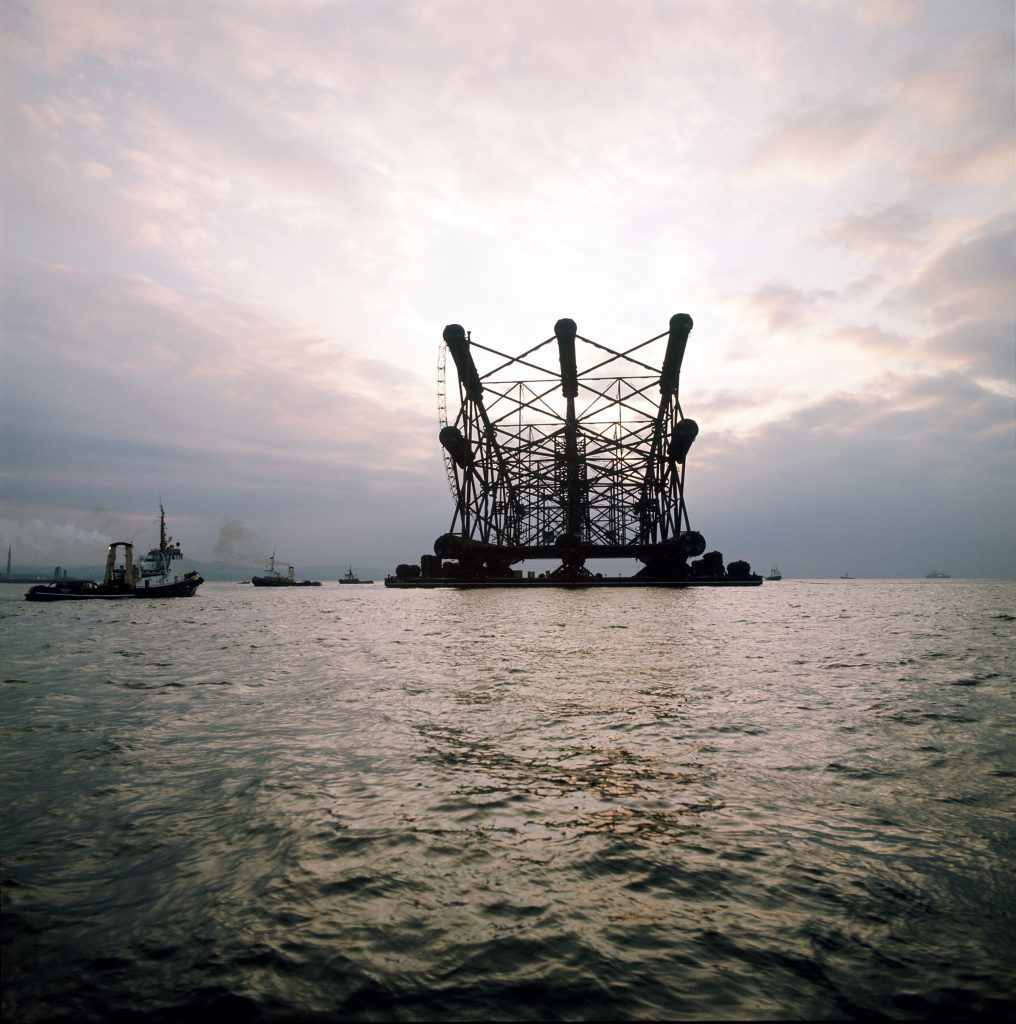
Brent oil capped its biggest weekly gain since 2009 after OPEC approved its first supply cut in eight years, with attention now shifting to compliance with the deal and how other producers will react to a price rally.
Futures closed at the highest in more than a year in London and New York. OPEC’s three largest producers — Saudi Arabia, Iraq and Iran — overcame discord to reach Wednesday’s pact to reduce the group’s output by 1.2 million barrels a day, while Russia pledged a cut of as much as 300,000. The accord ended the group’s pump-at-will policy started in 2014 aimed at protecting market share and driving out high-cost competitors such as shale.
“Everyone wins, but U.S. shale producers are the big winners from the OPEC deal,” Francisco Blanch, head of commodity markets research at Bank of America, said by telephone. “The agreement made sense purely on economic logic. OPEC wanted to end the price war.”
The Organization of Petroleum Exporting Countries set a collective output target at the lower end of the range outlined two months ago in Algiers, boosting prices and prompting predictions of a possible advance to $60 a barrel from Goldman Sachs Group Inc. and Morgan Stanley. Some analysts warned that the rally may encourage higher output from producers outside the group, including in the U.S. The last time OPEC set a quota, members exceeded it for 20 of the 24 months before the cap was scrapped at the end of 2015.
Brent for February settlement climbed 52 cents, or 1 percent, to $54.46 a barrel on the London-based ICE Futures Europe exchange. It’s the highest close since July 24, 2015. The January contract expired on Wednesday. Front-month futures, rose 15 percent this week, the biggest gain since January 2009. The February contract climbed 13 percent this week.
Exceeding Quota
West Texas Intermediate for January delivery rose 62 cents, or 1.2 percent, to $51.68 a barrel on the New York Mercantile Exchange. It’s the highest settlement since July 14, 2015. Prices rose 12 percent this week, the most since February 2011. Total volume trad ed was 24 percent higher than the 100-day average at 3:10 p.m.
Oil market volatility, as measured by the Chicago Board Options Exchange Crude Oil Volatility Index, dropped for a third day as the OPEC agreement is absorbed. The index has slipped 33 percent over the three-day period, the most in data going back nine years.
“They’ve stood up and now have to deliver concrete action sooner than later if they want to maintain these gains,” John Kilduff, a partner at Again Capital LLC, a New York-based hedge fund that focuses on energy, said by telephone. “The market’s rightly rewarded them for coming together and will now be seeing if they follow through. The cuts don’t start until January and compliance has always been a problem for the group.”
Russia’s output cut should be spread proportionally among the country’s producers, who have said they support the move, Energy Minister Alexander Novak told reporters Thursday. State-controlled Rosneft PJSC, the country’s largest producer, is likely to bear most of the burden, according to Renaissance Capital. Russia may announce cuts for each company late next week, said Leonid Fedun, vice president for strategic development at Lukoil PJSC.
Target Compliance
“People continue to be optimistic that OPEC and non-OPEC producers will abide by the quotas,” Michael D. Cohen, the head of energy commodities research at Barclays Capital in New York, said by telephone. “The incremental change in supply next year won’t be much more than we already expected to occur. People want to gift wrap the prospect for tightening and the fact that they can now agree.”
OPEC’s cuts are intended to shrink the world’s bloated oil stockpiles, paving the way for prices to top $60 a barrel. “Our objective has been since Algiers to stimulate the joint deal with non-OPEC and accelerate the drawdown of stocks,” the group’s Secretary-General Mohammad Barkindo said in a Bloomberg TV interview Thursday. “Inventories have continued to weigh down on prices” and all of OPEC wants to see prices higher, he said.
“We saw producers hedge last month when prices topped $50 and I’m sure they’re doing it again,” Kilduff said. “With prices above $45 they can lock in security into next year at the least. This is sure to embolden U.S. shale producers.”
Oil-market news:
Russia and Qatar are discussing the best location for talks between OPEC and non-OPEC producers, with options including Vienna, Doha and Moscow, U.A.E. Oil Minister Suhail Mazrouei said. Kazakhstan will decide on cutting output after OPEC, non-OPEC talks, the country’s Energy Ministry press service said in a statement. Rigs targeting crude in the U.S. rose by 3 to 477 this week, the highest level since January, Baker Hughes Inc. said on its website Friday. Harold Hamm, the billionaire oilman and energy adviser to Donald Trump, says foreign ownership of U.S. refineries is an issue the new administration needs to be concerned about.
Recommended for you
